Design to impact a large population that faces the socioeconomic challenge needs phenomenal empathy for humanity and creativity par excellence
Fortune at the bottom of the pyramid as put forth by C.K.Prahalad and Stuart L. Hart states how organizations can look at ‘prospective rewards that include growth, profits and incalculable contribution to humankind by doing business with world’s 4 billion poorest people’. When you design products for populations that do not have access to basic human needs, your have a portfolio that is automatically sustainable, both environmentally and economically for the entire world.
Some of these efforts in India and Africa have resulted into groundbreaking innovations that are already making a huge difference to the largest number of people in the world. After all, the primary role of design is bringing about this change.
Products designed for this inclusiveness have to take into account partial or complete lack of electricity. Add to this the complexity of terrain, communication, maintenance and culture; the entire exercise of design becomes extremely challenging. As opposed to the purpose of design serving the consumerist indulgence, the idea of empowerment takes centre stage.
Because of the lack of infrastructure in these places, people adopt life-transforming technologies very fast. They prefer products that need least servicing, use local resources, have multiple utility and are extremely simple to use. These values being the tenets of good design, build tremendous potential in the products that can, in turn, be meaningful anywhere else in the world too.
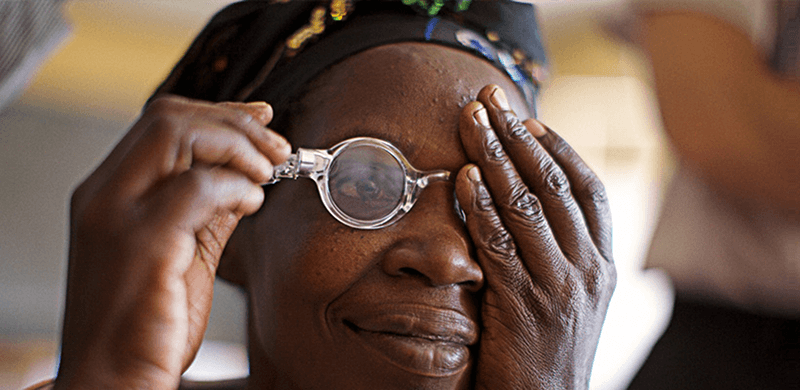
Doing design for people in these socioeconomic strata requires business models that are completely different from the investment heavy and centrally driven structures of the multinational corporate houses. Products that are targeted at local micro enterprises and support their business plans have demonstrated good success rate.
Eventually, people tend to pay more for reliable and higher quality products than those that require lower cost of acquisition. Designing for human desires and aspirations of respect and dignity while solving basic needs in a manner that is more collaborative than individualistic is key to successful strategy.
Global business strategist Vijay Govindarajan coined the term ‘Reverse Innovation’ while working with GE in 2009. Contrary to the popular belief that a low cost solution will typically be a de-featured version of an expensive product, designing for the demanding conditions from the poorest of the poor fuels high quality and affordable products for the economically advanced marketplaces. GE’s battery operated and ultra portable ECG machine originally designed for India is sold at 80 percent lower costs than similar devices in the US.
Numerous case studies in healthcare products and services have emerged from India in the recent years. “Reverse innovation will transform just about every industry, including energy, healthcare, transportation, housing, and consumer products. Charity can’t solve problems of the poor, there is not enough money in the world”, argues Govindarajan.
Industrial designers in India are often at the receiving end of the widespread criticism on lack of original ‘style’. If design is about solving human problems, great challenges and greater opportunities await Indian designers. Some of them are already in the thick of action, solving these problems, inspiring others and in the process making an impact globally
-
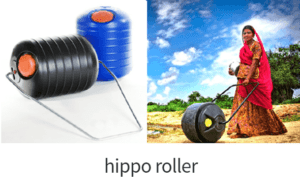
Hippo WaterRoll and Wello WaterWheel. ‘By re-framing the water crisis as an opportunity, Wello has reinvented the wheel and developed an innovative business model that empowers individuals’
-
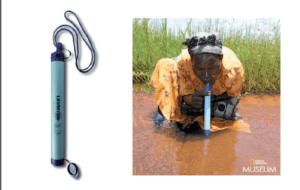
Lifestraw water filter can filter upto 1000 litres of water enough for one person for a year. The water through this filter gets rid of close to 100 percent bacteria and parasites.
-
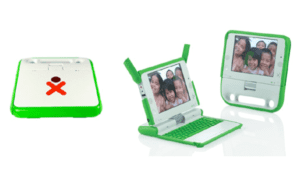
One Laptop Per Child (OLPC)’s XO is a learning device that facilitates an outstanding connected learning experience. The XO is made with high quality materials, runs on very low charge, is very durable and has great customization possibilities
-
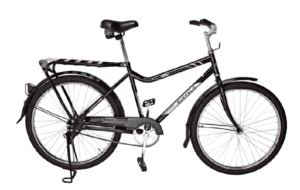
Buffalo bikes are designed to take care of the extreme conditions in Africa. The one-size-fit-all, extra sturdy bikes are assembled and maintained locally. With microfinance in place, Buffalo hopes to bring about a large social impact through the humble bicycle.
-
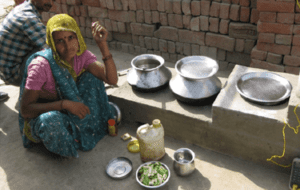
The Astra Ole is a firewood based stove that is very efficient and smokeless. Several micro entrepreneurs in rural India have bought an ultra affordable proprietary wooden mould to make and sell these in small batches. Estimated total sales have already crossed several lakhs units.
-
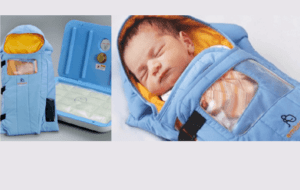
Embrace’s baby warmer uses a phase change material that maintains temperature up to 6 hours. The baby warmer helps premature babies thrive in the remotest places with limited access to established healthcare.
-
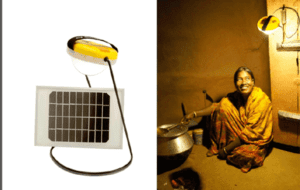
Sunking’s solar lighting cum charging device is a multipurpose device that offers unprecedented five years of daily performance even in the most demanding rural environments.
-
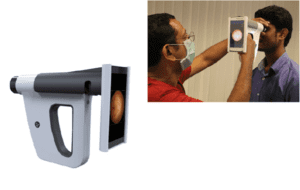
Remidio’s Fundus-ON-Smartphone is an affordable retinal imaging device that helps screening diabetics for retinal defects. Usage of smartphones in medical application is now a common feature in affordable devices.
-
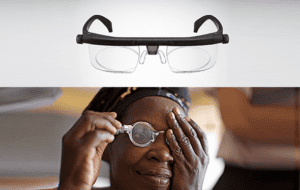
Millions around the world lack access to affordable eyeglasses. Adaptive Eyewear’s high quality eyeglasses can adjust the focal length at the turn of a dial.
Casting this overall idea of the brand and product promise with experiential elements of consistency is what all designers live for…. As the smart world of devices dominates this decade, one thing is certain: unless we place people in focus when it comes to the ‘Internet of Things’, we will have useless junk getting churned out.
The most important contribution from the design community in this regard will be what it has been over the last century — putting people first.
